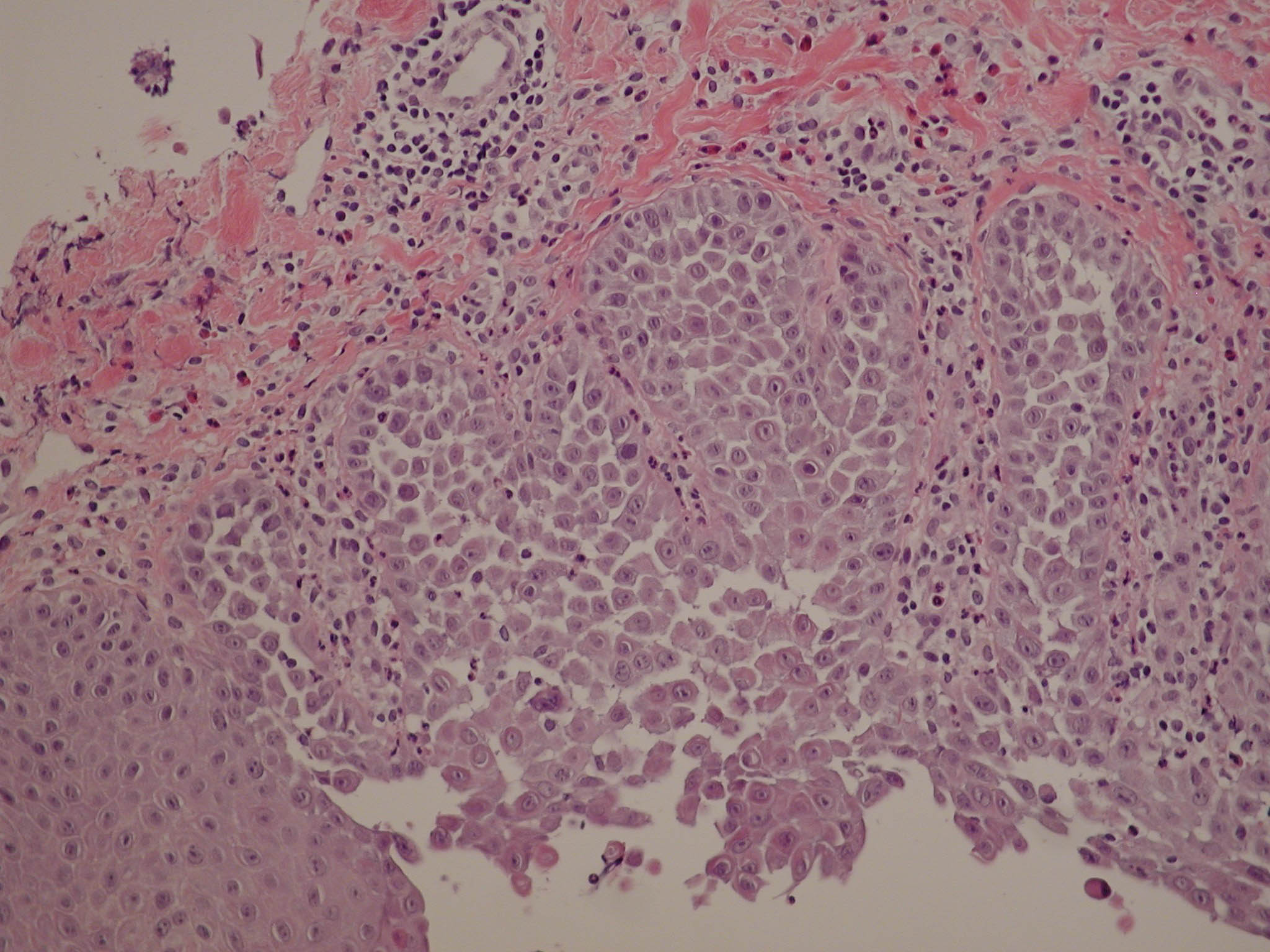J Invest Dermatol. 2003 Oct;121(4):681-7.
Source
Department of Dermatology, University of California, San Francisco, California, USA.
Abstract
Actin reorganization and the formation of adherens junctions are necessary for normal cell-to-cell adhesion in keratinocytes. Hailey-Hailey disease (HHD) is blistering skin disease, resulting from mutations in the Ca2+ ATPase ATP2C1, which controls Ca2+ concentrations in the cytoplasm and Golgi of human keratinocytes. Because actin reorganization is among the first responses to raised cytoplasmic Ca2+, we examined Ca2+-induced actin reorganization in normal and HHD keratinocytes. Even though HHD keratinocytes display raised baseline cytoplasmic Ca2+, we found that actin reorganization in response to Ca2+ was impaired in HHD keratinocytes. Defects in actin reorganization were linked to a marked decrease in cellular ATP in HHD keratinocytes, which persists, in vivo, in HHD epidermis. Defective actin reorganization was reproduced in normal keratinocytes in which the intracellular ATP concentration had been lowered pharmacologically. ATP concentrations in undifferentiated keratinocytes markedly declined after extracellular Ca2+ was increased, but then recovered to a new baseline that was approximately 150% of the previous baseline. In contrast, ATP concentrations in HHD keratinocytes did not change in response to increased extracellular Ca2+. This report provides new insights into how the ATP2C1-controlled ATP metabolism mediates Ca2+-induced cell-to-cell adhesion in normal keratinocytes. In addition, these findings implicate inadequate ATP stores as an additional cause in the pathogenesis of HHD and suggest novel therapeutic options.
